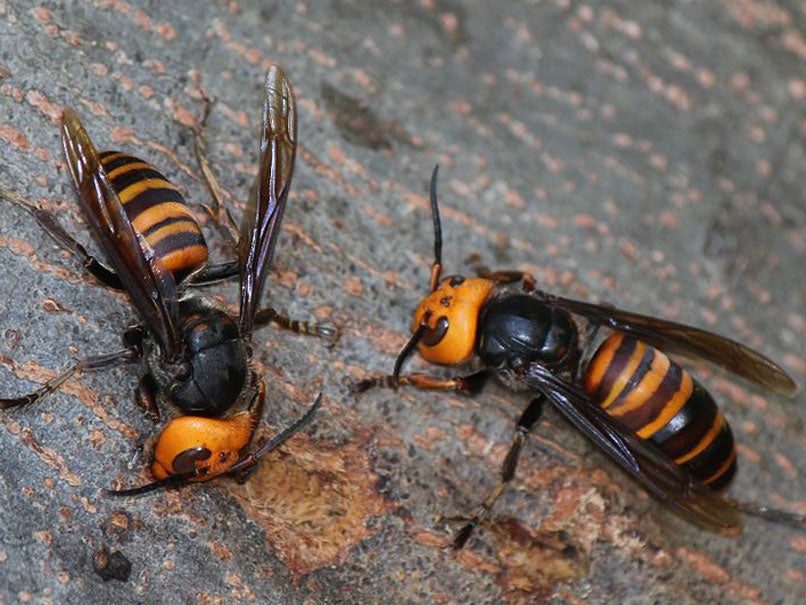Killer hornets: Deadly insects leave 41 dead and 1,600 injured
More than 1,600 have also been injured in attacks from the deadly insects

Your support helps us to tell the story
From reproductive rights to climate change to Big Tech, The Independent is on the ground when the story is developing. Whether it's investigating the financials of Elon Musk's pro-Trump PAC or producing our latest documentary, 'The A Word', which shines a light on the American women fighting for reproductive rights, we know how important it is to parse out the facts from the messaging.
At such a critical moment in US history, we need reporters on the ground. Your donation allows us to keep sending journalists to speak to both sides of the story.
The Independent is trusted by Americans across the entire political spectrum. And unlike many other quality news outlets, we choose not to lock Americans out of our reporting and analysis with paywalls. We believe quality journalism should be available to everyone, paid for by those who can afford it.
Your support makes all the difference.A rare spate of killer hornets has left 41 people dead in central China, authorities confirmed today.
More than 1,600 have also been injured in attacks from the deadly insects, the Shaanxi provincial government said in a statement.
Hundreds have suffered from anaphylactic shock and renal failure after being stung by their toxic sting, which measures 6mm in length and injects a potent venom.
Asian giant hornets are the world's largest hornet, measuring approximately two inches in length with a wing span of three inches.
Some of the biggest swarms have hit the city of Ankang, where 19 people died. Twenty-two others in two adjacent cities also died after being stung in attacks.
Many other victims have come under attack when working outside in rural areas.
Thirty seven people remain in a critical condition in hospital. The dramatic increase in attacks has led to the Government setting up specialist medical teams to assist the injured. Medical staff are also being provided with special training to treat the injured.
The intensely predatory insects are most aggressive in behavior when they mate and migrate in September and October. Local officials have also said drier and warmer weather this year has contributed to the ferocity of attacks.

Additional reporting by agencies
Join our commenting forum
Join thought-provoking conversations, follow other Independent readers and see their replies
Comments